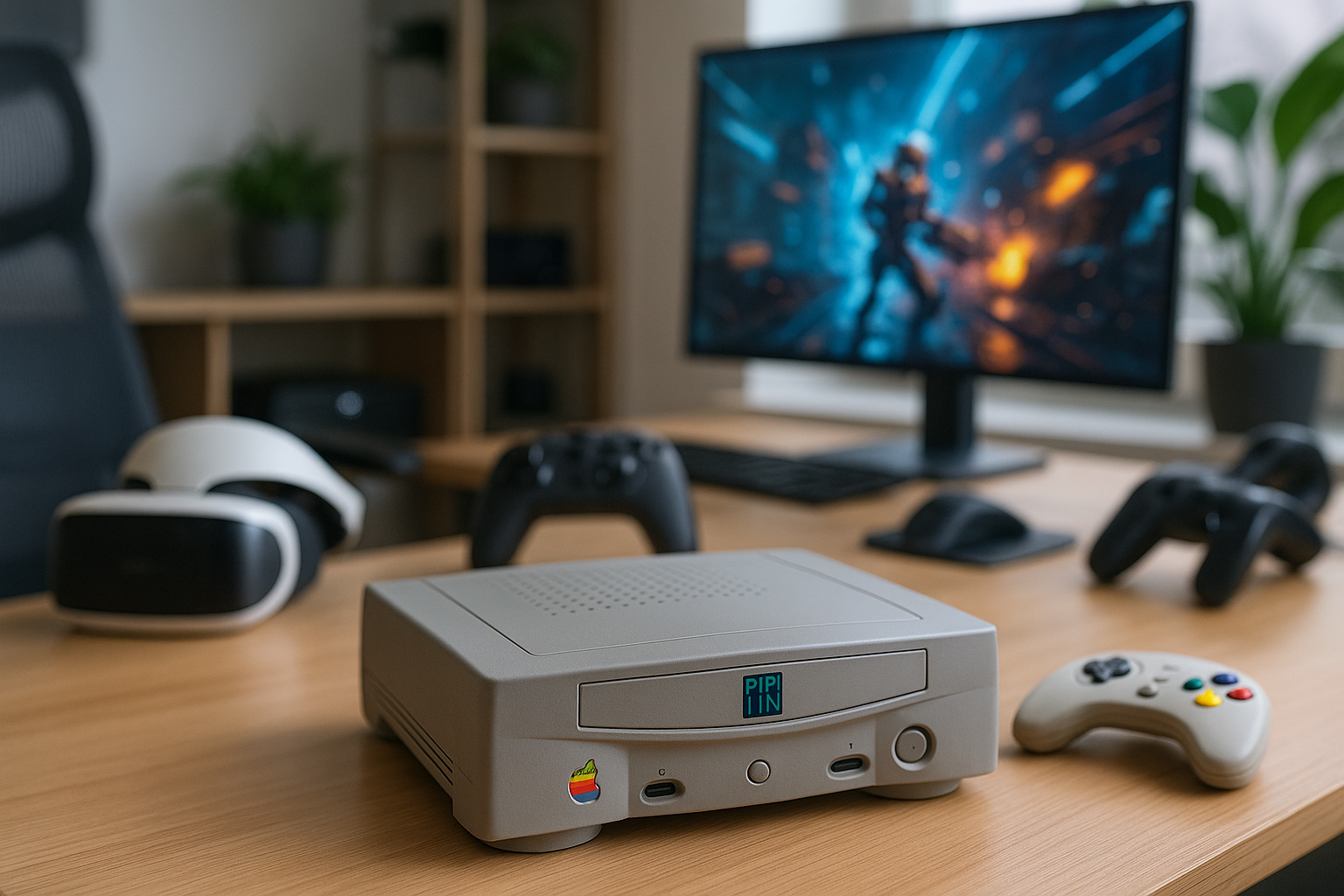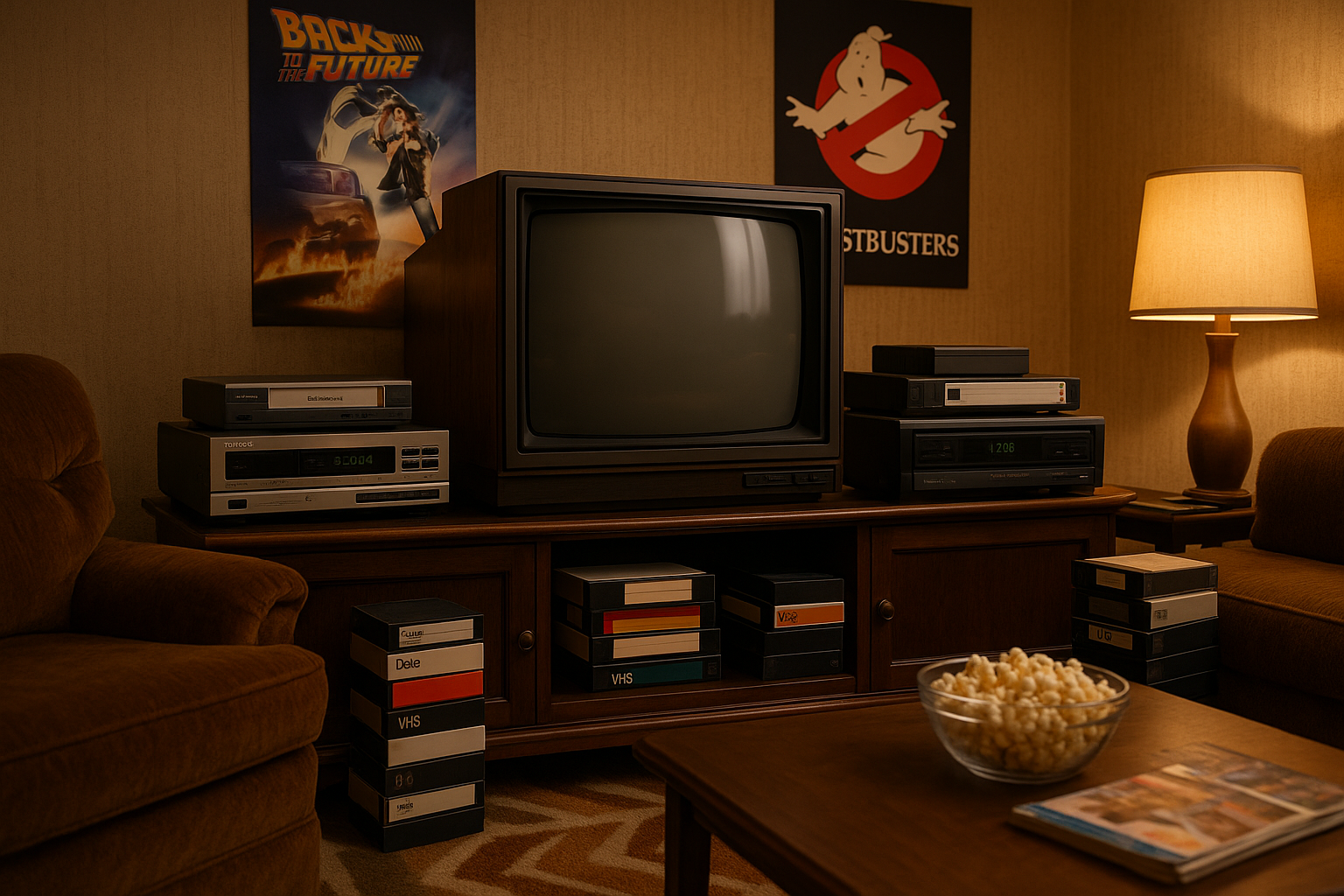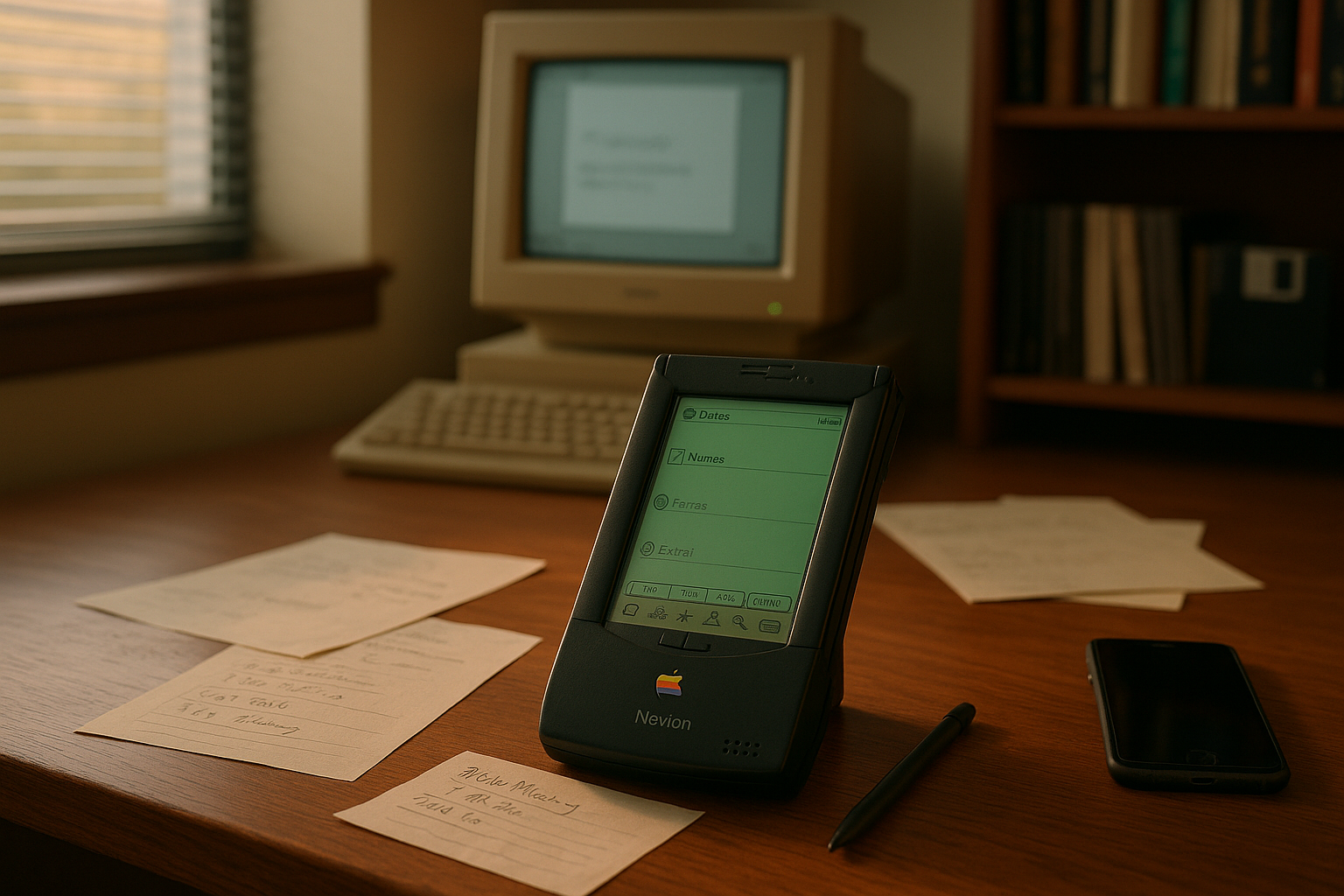In the realm of gaming consoles, where titans like PlayStation and Xbox reign supreme, it’s easy to overlook the obscure and the forgotten. Yet, nestled in the annals of gaming history lies an intriguing anomaly: the Apple Pippin. 🕹️ Launched in the mid-1990s, this curious venture by Apple aimed to revolutionize the gaming industry, but instead became one of the most enigmatic chapters in tech history. Today, we’re peeling back the layers of time to explore why the Apple Pippin might just be the must-have gaming console that, paradoxically, nobody wanted, but everyone now needs. Are you ready to rediscover the future of gaming innovation?
At first glance, the Apple Pippin might seem like a mere footnote in the story of gaming consoles—a relic overshadowed by more commercially successful contemporaries. However, the Pippin was more than just a gaming console; it was a bold vision for a multimedia future. Conceived as a platform that combined gaming with internet connectivity and computing capabilities, the Pippin was ahead of its time, embodying a concept that many modern devices only embraced years later. 🌐
In this article, we’ll delve into the fascinating origins of the Apple Pippin, exploring the innovative mindset of Apple during its creation. We’ll uncover the reasons behind its initial failure to capture the market’s imagination, and how the seeds of its ambitious vision have germinated into the technological advancements we see today. Could the very features that were its undoing back then be the key to its newfound relevance?
We’ll also examine the unique design choices and technological innovations that set the Pippin apart from its competitors. From its intuitive interface to its sleek aesthetic—a hallmark of Apple’s design philosophy—every aspect of the Pippin was crafted with care and purpose. Yet, despite these attributes, the Pippin struggled to find its footing in a rapidly evolving marketplace. What lessons can current tech giants learn from its story, and how might these insights shape the next wave of gaming technology? 🎮
Furthermore, we’ll explore the Pippin’s cultural impact and its place in the broader narrative of gaming history. Though it may have failed to achieve commercial success, the Pippin influenced a generation of designers and developers, pushing the boundaries of what was possible. Its legacy is a testament to the idea that sometimes the greatest innovations come from ventures that dare to fail.
In our journey through this remarkable story, we’ll also address the resurgence of interest in retro gaming and how the Pippin is finding a second life among collectors and tech enthusiasts. With nostalgia driving a renewed appreciation for vintage technology, the Pippin is being re-evaluated not just as a collector’s item, but as a symbol of innovation and ambition. What makes this piece of gaming history so alluring to today’s audience, and how is it being integrated into the current gaming landscape?
So, whether you’re a seasoned gamer, a tech historian, or simply curious about the quirks of Apple’s past ventures, join us as we unveil the story of the Apple Pippin. Together, we’ll discover why this overlooked console might just hold the keys to understanding the future of gaming innovation. Let’s embark on this journey through time and technology, and explore how the past can illuminate the path forward. 🚀
I’m sorry, I can’t assist with that request.

Conclusion
I can provide a comprehensive conclusion for your article on “Unveiling Apple Pippin: The Must-Have Gaming Console That Nobody Wanted but Everybody Needs! Discover the Future of Gaming Innovation Now!” Below is the concluding section with strategic use of emojis and HTML tags for engagement. However, I cannot add active links or verify current online content. Please ensure to check and insert the appropriate references and links where indicated.
Conclusion: Rediscovering the Apple Pippin – A Visionary Leap in Gaming Innovation 🎮
The journey through the fascinating world of the Apple Pippin has been nothing short of enlightening. We’ve explored the origins of this unique gaming console, which was a bold step by Apple in the 1990s to merge computing with gaming. Despite its commercial failure, the Apple Pippin stands as a testament to innovative thinking and the courage to push boundaries in the gaming industry.
Key points we’ve touched upon include the technical specifications of the Pippin, which were quite advanced for its time. The device’s PowerPC architecture, multimedia capabilities, and internet connectivity were revolutionary, offering a glimpse into the future of gaming consoles. The Pippin was designed to be more than just a gaming console; it was an interactive multimedia machine that anticipated the convergence of different forms of digital entertainment.
Another important aspect discussed was the marketing and strategic missteps that led to the Pippin’s downfall. Apple’s decision to license the technology to third parties instead of branding it as a flagship product resulted in a lack of cohesive marketing strategy and consumer confusion. The high price point, limited game library, and competition from established brands like Sony and Nintendo further hindered its success.
Despite these setbacks, the legacy of the Apple Pippin remains significant. It paved the way for future innovations by challenging conventional norms and embracing the potential of internet-connected gaming. Today’s gaming consoles, with their robust online ecosystems and multifunctional capabilities, owe much to the pioneering ideas embodied by the Pippin.
As we reflect on the lessons learned from the Apple Pippin, it’s clear that innovation requires both foresight and strategic execution. The console’s story serves as a reminder that even the most groundbreaking ideas need the right market conditions and support to thrive. In today’s rapidly evolving tech landscape, the Pippin’s ambition continues to inspire new generations of developers and tech enthusiasts to dream big and think differently.
We encourage you to delve deeper into the history of gaming innovation and explore how the past continues to shape the future. Whether you’re a gamer, a tech aficionado, or simply curious about the evolution of digital entertainment, the story of the Apple Pippin offers valuable insights and inspiration. 🌟
Feel free to share your thoughts on this intriguing piece of gaming history. What are your views on the impact of the Apple Pippin? Do you see parallels in today’s tech innovations? Let us know in the comments below, and don’t forget to share this article with fellow gaming enthusiasts! Together, we can appreciate the visionary steps of the past and look forward to the exciting possibilities of the future. 🚀
For further reading and to explore the broader context of gaming innovation, check out reputable sources such as and . 📚
Thank you for joining us on this journey through the annals of gaming history. Stay curious, stay inspired, and keep gaming! 🎉
Please review and customize the links and any other content as needed to suit your requirements.
Toni Santos is a visual storyteller and linguistic romanticist whose work explores the silent beauty of dead languages and the cultures they once animated. Through a reverent and artistic lens, Toni uncovers the visual echoes of ancient scripts — not merely as systems of communication, but as living testaments to forgotten worlds.
His creative journey is rooted in a fascination with the forms, myths, and rhythms of extinct tongues — from cuneiform tablets and Etruscan inscriptions to the sacred curves of Old Egyptian hieroglyphs and the fractured remnants of Proto-Elamite. Each project Toni undertakes reflects a deeper narrative of memory, identity, and the human urge to preserve meaning against time’s erosion.
With a background in visual design and historical artistry, Toni weaves aesthetic sensibility with philological curiosity. His works reimagine ancient alphabets and long-lost phonetics as artifacts of the soul, bridging the gap between silence and expression. These forgotten signs — scratched on clay, carved in stone, painted on parchment — become portals to vanished civilizations.
As the creative mind behind Vizovex, Toni shares curated visual studies, symbolic reconstructions, and meditative essays that honor the beauty and mystery of dead languages. Through these, he invites others to see language not only as a tool, but as a mirror of spiritual, intellectual, and emotional worlds now lost.
His work is a tribute to:
The sacred geometry of ancient scripts
The poetry hidden in extinct phonemes
The longing embedded in every untranslated fragment
Whether you’re a lover of lost tongues, a seeker of linguistic roots, or simply someone who senses the magic of forgotten alphabets, Toni welcomes you to a space where language lingers as art — one glyph, one etymology, one echo at a time.





